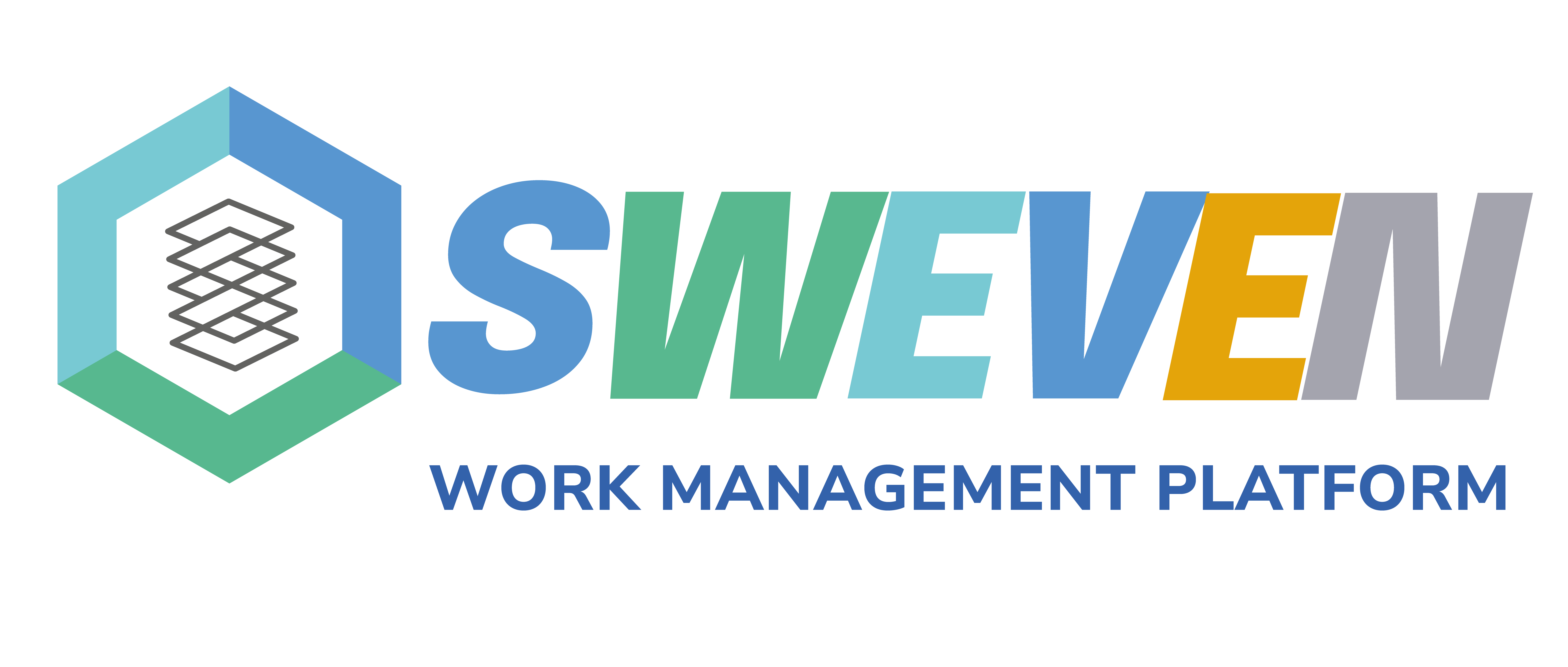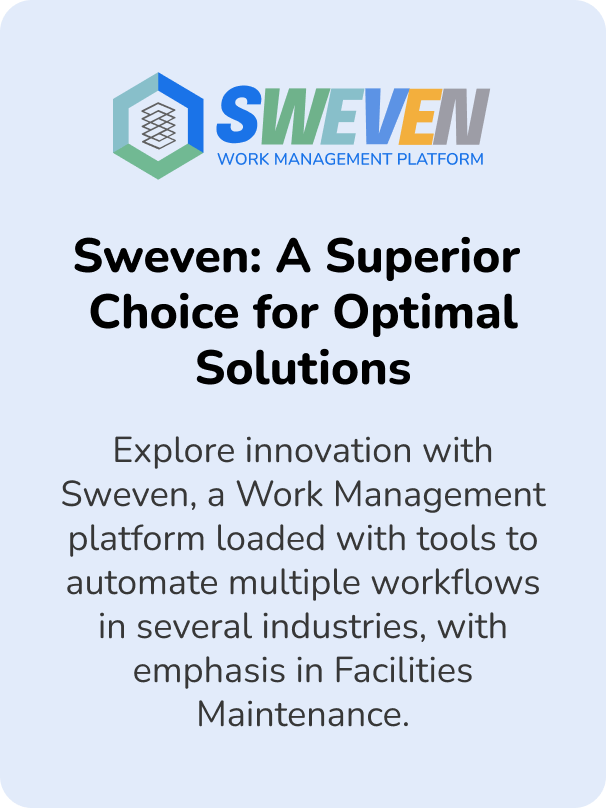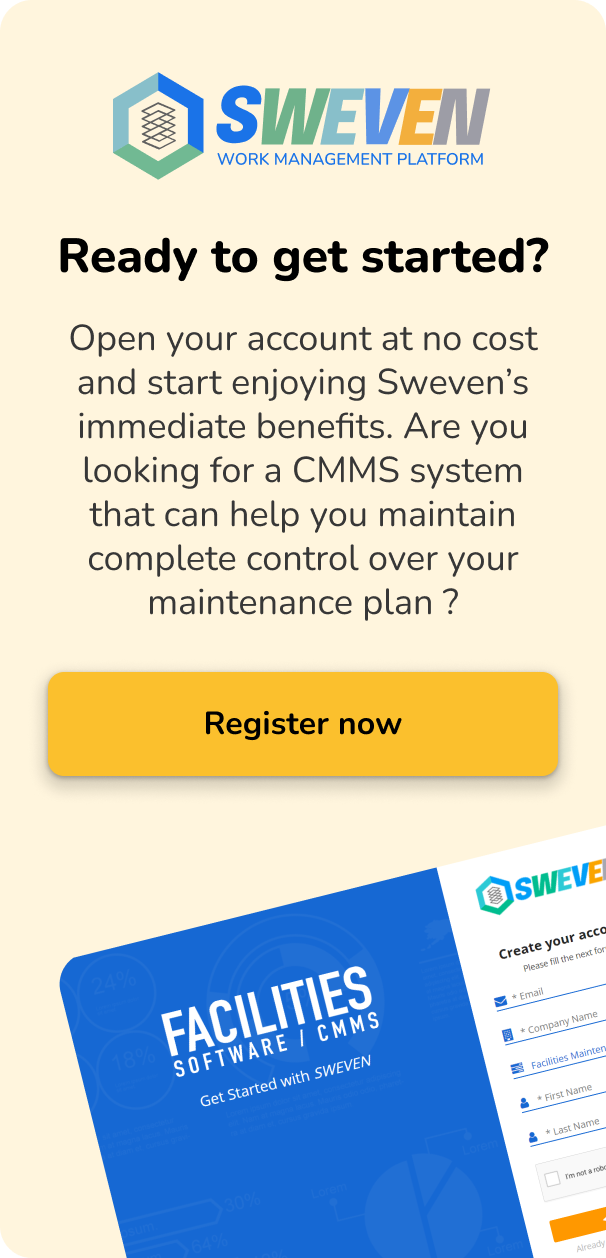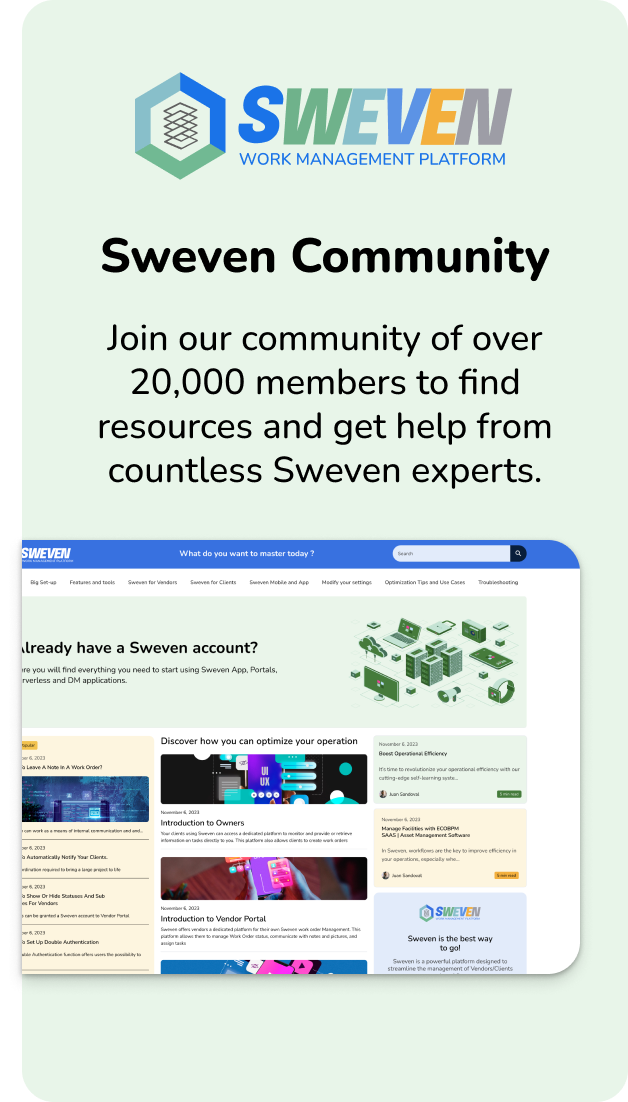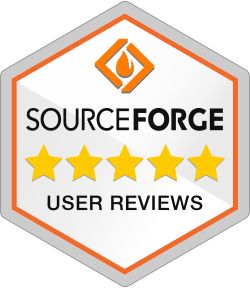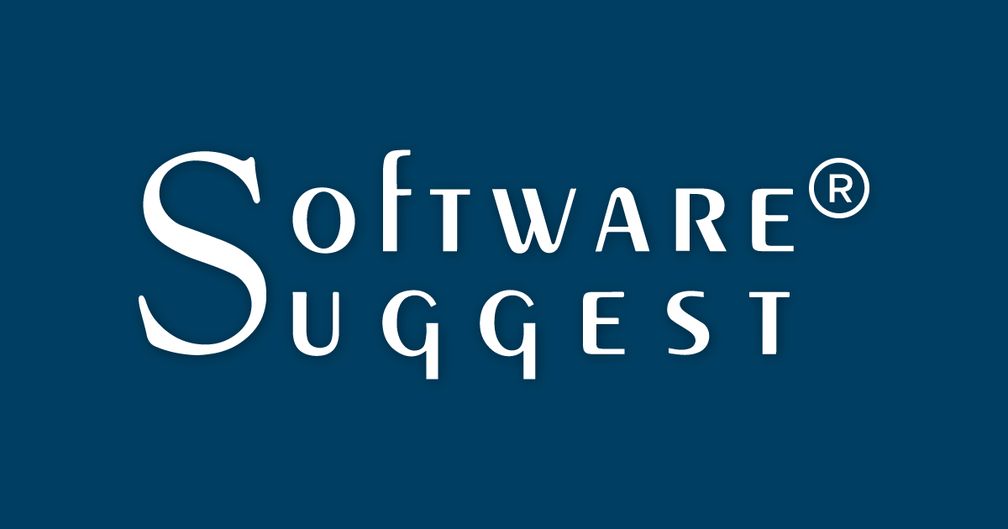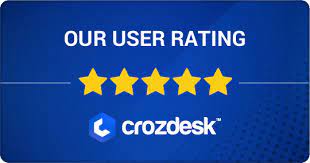Introduction:
In the dynamic landscape of the tech industry’s facility management, effective communication stands as a linchpin for success. However, miscommunication or the absence of efficient communication channels among facility managers, vendors, aggregators, and vendor managers can lead to a cascade of challenges, including misunderstandings, delays, and errors in service delivery. In this blog, we delve into the unique communication challenges faced by stakeholders in the tech industry’s facility management sector and explore strategies to overcome these hurdles for enhanced operational efficiency and seamless collaboration.

The Impact of Communication Challenges:
In an industry driven by innovation and rapid technological advancements, timely and clear communication is paramount for ensuring smooth facility operations and project execution. Yet, the complexities inherent in the tech industry, coupled with the diverse array of stakeholders involved, pose significant communication challenges:
Misunderstandings: Ambiguity or lack of clarity in communication can lead to misunderstandings regarding project requirements, timelines, and expectations, resulting in subpar service delivery and dissatisfaction among stakeholders.
Delays: Communication bottlenecks, whether due to inefficient channels or delayed responses, can impede the timely resolution of issues, prolong project timelines, and hinder the rollout of critical technological upgrades or installations.
Errors in Service Delivery: Inadequate communication between facility managers, vendors, aggregators, and vendor managers can result in errors or discrepancies in service delivery, compromising the integrity and functionality of tech infrastructure and facilities.
Addressing Communication Challenges:
Streamlined Communication Channels: Implement dedicated communication channels, such as project management platforms, collaboration tools, or vendor portals, to facilitate seamless interaction and information sharing among stakeholders.
Clear Documentation: Establish standardized protocols for documenting project requirements, agreements, and communication exchanges to mitigate the risk of misunderstandings and provide a clear reference point for all parties involved.

Cross-Functional Collaboration: Foster cross-functional collaboration between facility managers, vendors, aggregators, and vendor managers through regular meetings, joint planning sessions, and collaborative problem-solving exercises to ensure alignment and cohesion in project execution.
Proactive Communication: Encourage proactive communication among stakeholders by setting expectations regarding response times, escalation procedures for urgent issues, and regular progress updates to promote transparency and accountability.
Technical Literacy Training: Provide technical literacy training for all stakeholders involved in facility management to ensure a common understanding of technological requirements, terminology, and best practices, facilitating more effective communication and collaboration.
Performance Monitoring and Feedback Loops: Implement performance monitoring mechanisms to track key performance indicators (KPIs) and provide timely feedback to vendors, aggregators, and facility managers, fostering a culture of continuous improvement and accountability.
Agile Adaptation: Embrace agile methodologies and adaptive communication strategies to accommodate evolving project requirements, changes in priorities, and unforeseen challenges, enabling stakeholders to respond swiftly and effectively to emerging needs.

Conclusion:
In the fast-paced and innovation-driven realm of the tech industry’s facility management, effective communication is indispensable for overcoming challenges, driving operational excellence, and delivering value to stakeholders. By addressing communication challenges proactively, fostering cross-functional collaboration, and leveraging technology-enabled solutions, stakeholders can navigate the complexities of the tech industry’s facility management landscape with confidence, resilience, and agility, paving the way for sustainable growth and success.
